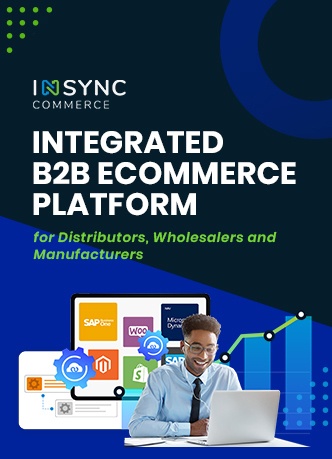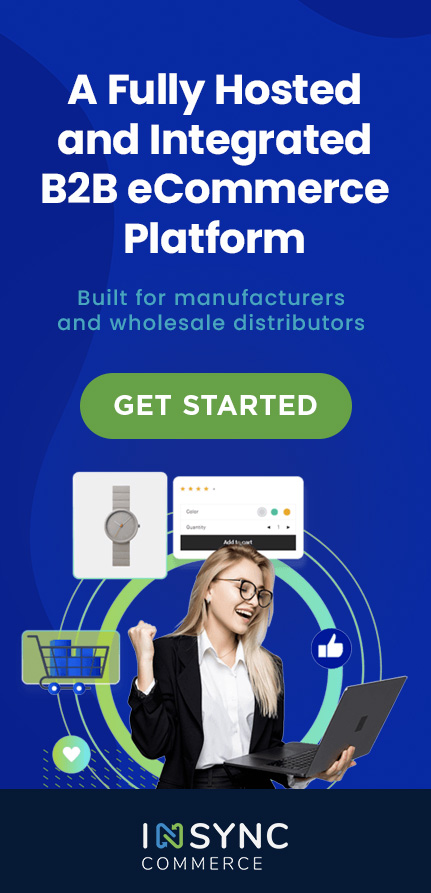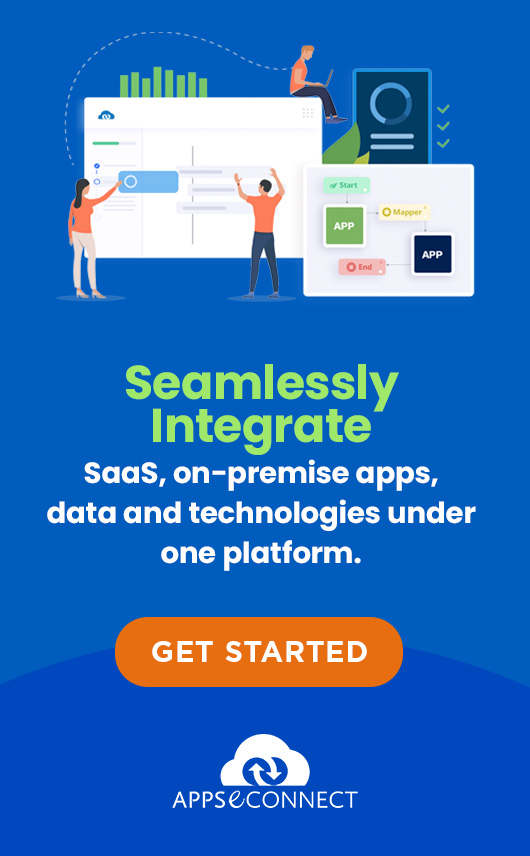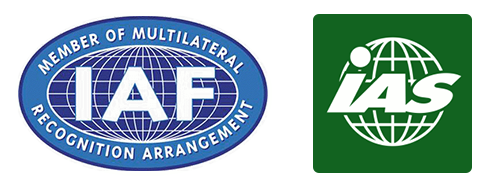
Magento is a leading eCommerce platform that is offered by Adobe since its acquisition in June 2018. It is a single-tenant Software as a Service (SaaS) on AWS and also a software that can be deployed on-premises and on the Cloud. The major offerings to complement Magento eCommerce also include the Magento Order Management (OM), Magento Business Intelligence (BI) and Magento Shipping as a multitenant SaaS. Magento Commerce is focussed at the SMB market. For enterprise customers, Adobe Commerce Cloud – based on Magento’s commerce technology — is offered as part of the Adobe Experience Cloud Suite of capabilities. This includes Adobe Experience Manager (AEM), Adobe Analytics, Adobe Target and a services-based Commerce Integration Framework (CIF). Organizations can choose to deploy Adobe Commerce Cloud or Magento Commerce in a managed services model.
Magento supports both B2C and B2B modules of business and caters to customers in a wide range of industries. Magento is also experienced in providing B2B2C solutions. Before its acquisition by Adobe, Magento Commerce targeted customers with GMV below $250 million. Most of its customers are in North America and Europe, with a smaller portion in Asia and Latin America.
Strengths
- Complete commerce solution: Magento Commerce includes a native WCM module (Page Builder) in the core commerce platform, and provides additional solutions for order management, shipping, and data and analytics.
- Application and partner ecosystem: Magento Marketplace is a robust application exchange market that includes over 4,800 extensions to a large number of third-party commerce applications directly from the Magento admin UI, including WCM/DXP, PIM, search (product and site), CPQ, social media, reviews and ratings, marketing hub, and analytics. Magento has a large global ecosystem of technology partners, agencies, developers and SIs.
- Adobe acquisition: Magento Commerce was integrated with AEM prior to the acquisition. Now they are more tightly integrated, enterprises have access to a more comprehensive suite through direct integrations with Adobe solutions for marketing and analytics — filling a previous product gap in personalization and AI capabilities. Adobe’s global enterprise sales organization and footprint within larger clients has resulted in an increase in enterprise deals for Magento, which has historically served mostly SMBs.
Weaknesses
- SaaS offerings: Magento Commerce is a single-tenant SaaS currently available exclusively on AWS (support for Azure is coming later in 2019) that lacks key functions such as autoscaling. As an alternative, organizations can “self-host” on any IaaS provider via an on-premises deployment — but should be aware that CloudOps tools are not available.
- B2B functionality: Although approximately 40% of Magento clients today use the vendor to serve B2B commerce, the platform currently lacks major B2B functions such as out-of-the-box workflow approvals, contract-specific terms and role-based spending limits.
- Adobe-Magento integration: While Magento Commerce uses the Adobe Experience Platform connector to access functions in Adobe Analytics and Adobe Target, AI-driven personalization and dynamic multivariate testing are not fully integrated into Magento Commerce today. Behavioral data is synchronized from Magento into Adobe Analytics, but Adobe Analytics data does not yet sync back into Magento Commerce.














